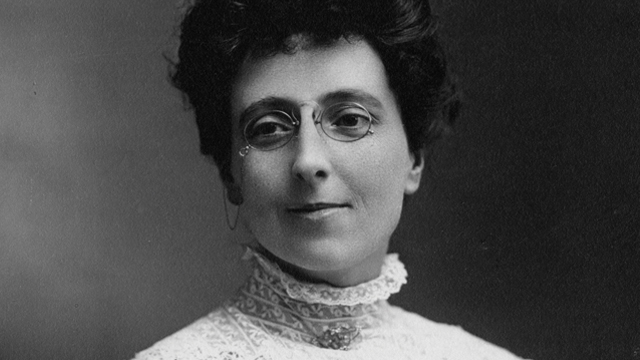
Culture and history
Green Gables Heritage Place
Green Gables has become famous around the world as the inspiration for the setting in Lucy Maud Montgomery's classic tale of fiction, Anne of Green Gables. In real life, this farm was the home of David Jr. and Margaret Macneill, who were cousins of Montgomery's grandfather. The farm was first settled in 1831 by David Macneill Sr. Although L.M. Montgomery never lived here, she grew up nearby with her grandparents. She came to know her cousins' farm through her explorations of the surrounding woodlands and places she discovered and named, such as Lover's Lane and the Haunted Wood.
Soon after Anne of Green Gables was published in 1908, people began coming to Cavendish in search of Green Gables, along with the other places and people of Avonlea in the novel.
Most of what Montgomery describes in her book was the product of her own creativity, sometimes complemented by the inspiration of a real-life setting.
"Cavendish is, to a large extent, Avonlea. Green Gables was drawn from David Macneill's house, though not so much the house itself as the situation and scenery, and the truth of my description of it is attested by the fact that everyone has recognized it." - L.M. Montgomery, The Selected Journals of L.M. Montgomery, Vol. II, Friday, Jan.27, 1911.
Montgomery's spiritual connection to her home community continued throughout her life. As a minister's wife living in Ontario, the author's occasions to return home were limited, yet all but one of her 20 novels have Prince Edward Island as the main setting.
Montgomery often visited or stayed with the Webb family at Green Gables during return visits to the Island, and when she died in 1942, she was buried in the Cavendish cemetery. Shortly after her death, the Historic Sites and Monuments Board of Canada recognized L.M. Montgomery as being a person of national historic significance and a monument and plaque were erected at Green Gables.
The house has been restored to the period of the late 1800s to reflect not only the setting in the novel, but also a typical farm house of the late Victorian period. The site has recently been restored with the reconstruction of period farm outbuildings, namely a barn, granary and woodshed. The site now more accurately depicts the farm that Montgomery would have been familiar with as the inspiration for the setting of Anne of Green Gables.Green Gables and L.M. Montgomery

Green Gables today

Related links
- Date modified :